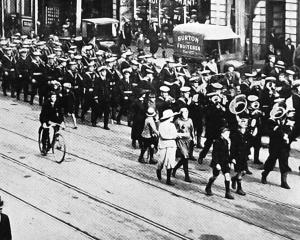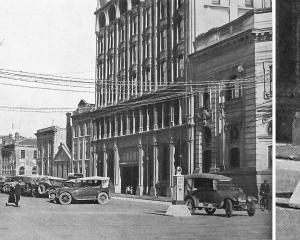
Horrific treatment of Aborigines
Darwin: Startling disclosures, matching the worst features of uncivilised communities, are reported from Darwin. The general conduct of affairs by the department in charge of the Northern Territory is described locally as an open scandal. Since 1917, when proper official inspection was abolished, natives have been neglected and uncared for. They have been constantly drunk and disorderly, and regular pitched battles have been frequent near the compound and on the outskirts of the town. A correspondent of the Standard, the local newspaper, publishes terrible revelations concerning the treatment of natives on far-back cattle stations. He gives names, dates, and places, and says that he and others saw the manager on one station order a black boy to be tied to a post. He then flogged him with a stockwhip until he (the manager) was exhausted. Because a Chinese cook hit a boy on the head with a boot last, causing a nasty cut, the boy retaliated and knocked the Chinaman down. The manager covered the boy with his rifle and made two other boys tie him up. Then he flogged him. The writer asserts that the natives are enslaved and flogged, the women are ravished, and many acts of fiendish cruelty perpetrated. The correspondent further complains of the shocking insanitary conditions of most of the stations. Sickness is rife. "Some stations," said the correspondent in conclusion, "can be smelt before being seen — the worst offenders being the largest pastoral stations."
Pomp and ceremony for Edward
Tokyo (April 15): The Prince of Wales, dressed in the uniform of a Japanese general (which is the honorary rank bestowed upon him), with the Prince Regent, both on horseback, reviewed this morning 14,000 troops of the First Division of the Tokyo Garrison. An unusual feature was that when the Prince rode to the reviewing ground, massed bands played the British National Anthem, and bugle bands played simultaneously the Japanese Anthem. — ODT, 5.5.1922












